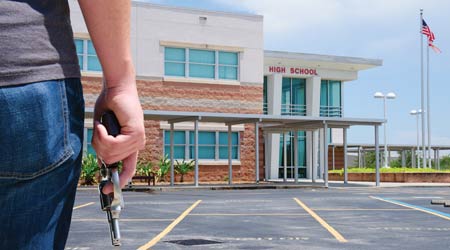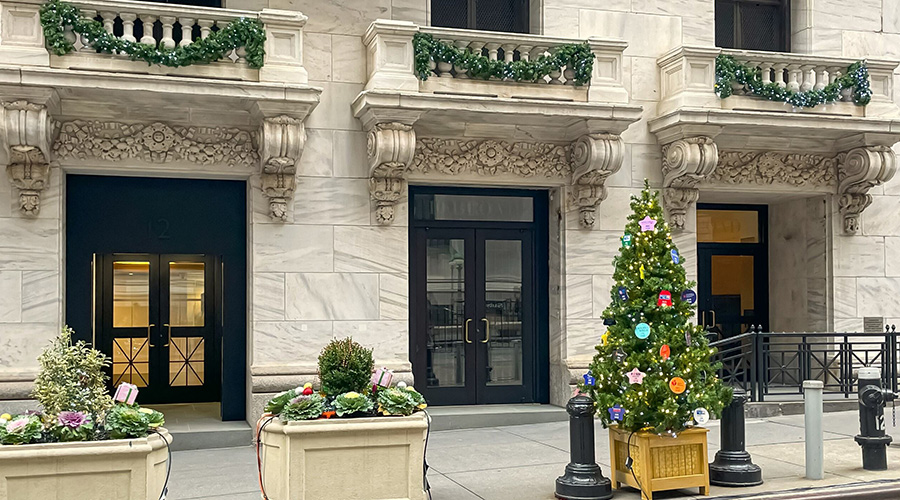Effectively Integrating Door Hardware and Access Control
Careful planning and follow-through ensure locks, handles, hinges and operators protect occupants and help achieve security goals
The first step in integrating door hardware with access control systems is an access control checklist. This checklist is an inventory of all the components that make up the system. It also includes: routes to the closest egress; the method of integrating with fire system; the method of integrating with intrusion-alarm system and cameras; and the types, number, and location of door operators, locking systems, handles, and hinges.
The checklist also should contain: door access schedules, including who, how, when, where; power supply locations; monitoring locations; and the means of egress, such as fire doors and access to fire escapes, as well as how they are secured while providing necessary, quick egress in an emergency through lock-release plans.
Door access schedules should document these pieces of information:
Who. This should include employees, contractors, vendors and inspectors.
How. This means the access method — keypad, manual key, proximity card, biometric reader, or a combination of these methods — each occupant uses to gain entry. Each occupant should have a picture identification card placed on file.
When. This refers to the hours of the day, days, weeks, months when access is programmed for each occupant. Night workers would not have access during the daytime, and day workers would have no access at night.
Where. This describes the physical location of the access point that each occupant is authorized to use, as well as the locations of surveillance cameras. The system would deny entry if an individual tried to enter any door other than the ones authorized. Guards and maintenance workers might be authorized access several doors on several shifts based on job needs.
Central systems can log each entry and exit of an occupant, ensuring that no unauthorized entry or entry at unauthorized times occurs. In an emergency, they provide authorities and first responders with a complete record of all occupants present. Coupled with surveillance camera footage, the logs are a convenient means for ongoing system audits to ensure security is being maintained and that, for example, a visitor does not enter with another person’s identification.
Certain access points might need more robust hardware, tamper alarms, and cameras, especially in schools where vulnerable students and teachers are close together at one location. Tamper alarms are valuable security assurance because they warn that someone is attempting entry at a location not visible to monitors or guards. Cameras used with motion sensors and tamper alarms can help identify the person trying to gain unauthorized entry so that internal security and local police can protect personnel and property. Emergency response plans should include means of quick entry for police and fire responders.
The overall goal is to have a comprehensive effective plan. Robust door hardware, installed according to standards and manufacturer’s instructions, will delay attempted entry, and immediate notification by alarms and cameras helps first responders quickly gain control of the situation and, in the case of schools, return the children safely to their families.
Thomas A. Westerkamp is a maintenance and engineering management consultant and president of the work management division of Westerkamp Group LLC.
Related Topics:














